Cachtice castle of the Blood Countess

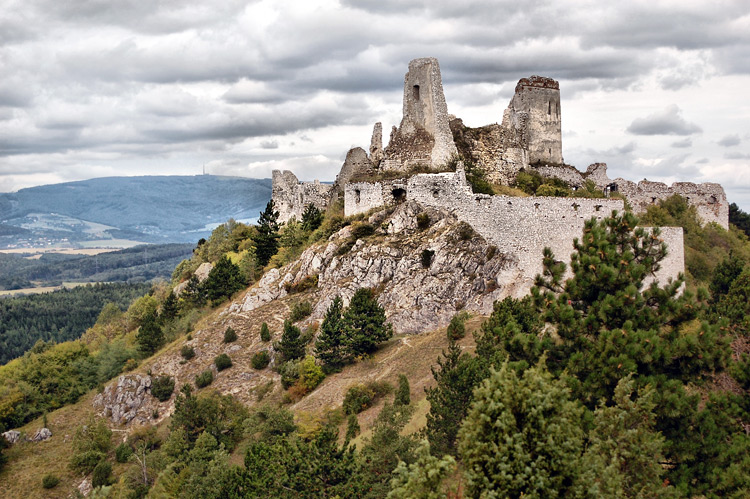 Cachtice castle is located 7 kilometers south-west of the town of Nové Mesto nad Váhom , between the towns Visnove and Cachtice, in western Slovakia, on the territory of a natural reserve. The castle was built on top of a high hill of the Little Carpathians, at an altitude of 375 meters above sea level.
Cachtice castle is located 7 kilometers south-west of the town of Nové Mesto nad Váhom , between the towns Visnove and Cachtice, in western Slovakia, on the territory of a natural reserve. The castle was built on top of a high hill of the Little Carpathians, at an altitude of 375 meters above sea level.
The castle was built in the first half of the XIII century, to serve as a royal guard fortress on the western borders of Hungary. The first owners of the castle were the noble Hont-Pazmany family of Slovak origin In 1273 the castle was damaged during the siege of the king Ottokar II of Bohemia, but was restored later.
Since the castle was used as a defensive fortress, and not as a luxurious residence, it was uncomfortable to live in it. Therefore, in 1467 it was rebuilt,and several outbuildings were added to it.
Since 1569, Nadasdy family became the owners of the castle. Ferenc Nadasdy got engaged to Erzsebet Bathory, known more commonly as Elizabeth Bathory, and gave the castle to her as a wedding gift. In 1578, Ferenc was appointed to be the commander of Hungarian troops in the war against the Turks. He spent all his time in military campaigns, so Elizabeth took over the responsibility of managing the castle. For his maniacal cruelty to prisoners of war, Ferenc Nadasdy was nicknamed "Black Bay" ("Black Knight"). Ferenc is said to have shown Elizabeth some of his favored ways of punishing his servants.
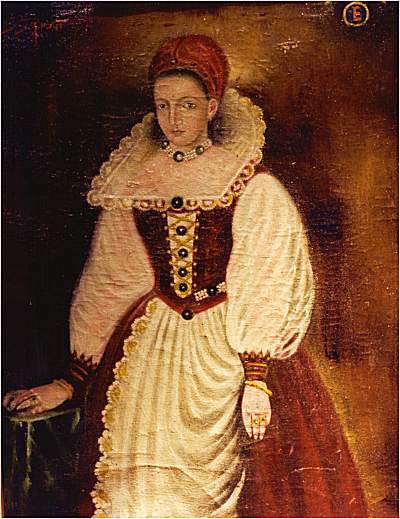 Cachtice castle became world famous because of Elizabeth Bathory. According to a legend, one morning, the countess sat at her dressing table, having her hair combed by one of the maids. She was not in her best mood, and when the maid accidentally pulled on her hair, she took the heavy comb and hit the maid with it on the face so hard that she started bleeding and a few drops of the maid's blood got on her face. Enraged, Elizabeth began to wipe the blood off, looking into her mirror. She suddenly saw that the skin on her cheek that got exposed to young maid's blood became smooth and pink. The Countess was delighted, because she managed to find the secret elixir of eternal youth and beauty.
Cachtice castle became world famous because of Elizabeth Bathory. According to a legend, one morning, the countess sat at her dressing table, having her hair combed by one of the maids. She was not in her best mood, and when the maid accidentally pulled on her hair, she took the heavy comb and hit the maid with it on the face so hard that she started bleeding and a few drops of the maid's blood got on her face. Enraged, Elizabeth began to wipe the blood off, looking into her mirror. She suddenly saw that the skin on her cheek that got exposed to young maid's blood became smooth and pink. The Countess was delighted, because she managed to find the secret elixir of eternal youth and beauty.
Although Elizabeth's husband was plenty evil himself, he did not like the cruelty on the part of his wife and asked his friends to look after her. Elizabeth was afraid of her husband, and while he was alive, she tried to control her sadistic tendencies. However, while Ferenc died in 1604, it is believed that she killed her first victim in 1585. While her husband was alive, Elizabeth was cautious - she and her henchmen - Katarina Beneczky , Dorothea Szentes, Helena Jo and a dwarf-like cripple Johannes Ujvary were killing maids that they hired from remote places. The young girls were burned with candles, branded, beaten with a barbed lash, stabbed with a long needle, doused with icy water in the cold or put into an iron maiden until they were dead.
After her husband's death, Elizabeth became the sole owner of the castle and could finally do whatever she wanted. Under the guidance of her new companion, Anna Darvula, described as the most active sadist among her henchmen, alleged to be a witch and Elizabeth's lover, she committed more atrocities, by torturing more young girls and collecting their blood into a vessel, in which the Countess then bathed.
In 1610, rumors about the murders reached the Habsburg court, and the emperor Matthew ordered the Count Cuyorgy Thurzo to investigate the matter. Immediately after his arrival Thurzo found the Countess tormenting several girls, and several victims waiting for their death in the basement.
Elizabeth Bathory was arrested and her trial began on December 29th, 1610. The countess herself was not present in the court, because she was the king's granddaughter and the niece of the king of Poland, Stefan Bathory. The trial lasted 5 days. Helena Jo and Dorotea Szentes confessed under torture and were sentenced to have their fingers torn out with red-hot pincers, and then to be burned alive. Johannes Ujvary was decapitated and then burned alongside the two women. Katarina Beneczky escaped her death sentence. The countess Bathory was convicted of no crime, since she was not present in court, however, when she attempted to flee, the king ordered to immure her alive wihin the walls of the same room where she tortured her victims, with a small window for bread and water. Any Hungarian citizen or foreigner could come and see with their own eyes that justice always prevails and that the Blood Countess bears their punishment. Elizabeth lived in the wall for four years, without any light or fresh air. She died on 21 August 1614 at the age of 54 years. According to different sources, her body count was from 30 to 650 girls.
Since this common story has very little reliable evidence, some researchers believe that Countess Bathory suffered persecution as the head of the Protestants of West Hungary, and the evidence against her was fabricated by the bishops of the Catholic Church and Cuyorgy Thurzo, who claimed the vast land holdings of the Bathory family. The Hungarian historian Laszlo Nagy supports this version of the story, describing it in his book from 1984, "Notorious Bathory” (“A rossz hírű Báthoryak”), where the countess is represented as a victim of conspiracy. This version of the story has also been reflected in Juraj Jakubisko's film "Bathory" (2008).
After the death of the Countess, Cachtice castle was inherited by the children of Elizabeth Bathory: Paul Nádasdy and Katarina Drugeth. Her third daughter, Anna, wife of Nicholas Zrínská, was deprived of inheritance, according to the Countess Bathory will, written by her own hand, and preserved in the archive nowadays.
In 1708, the rebels of Ferenc Rákóczi stormed the castle and destroyed it. After some time, the castle was restored, but soon again it deteriorated and was no longer rebuilt.
Čachtický hrad,Ruins of Cachtice Castle video
By Jozef Dovicin



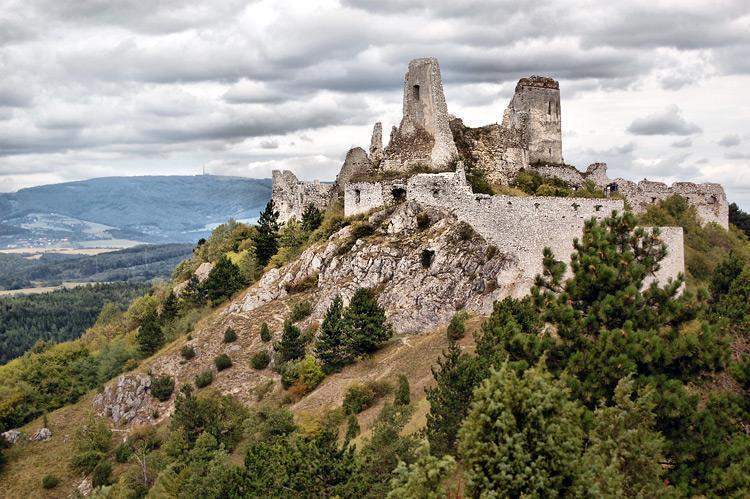
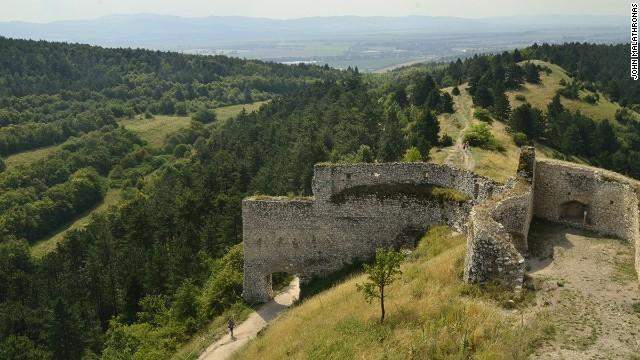
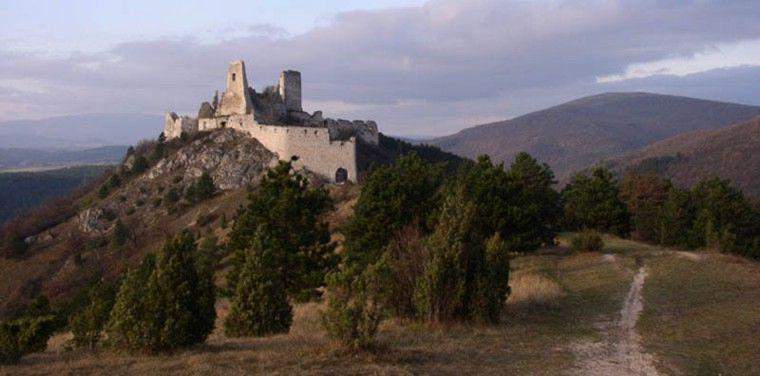
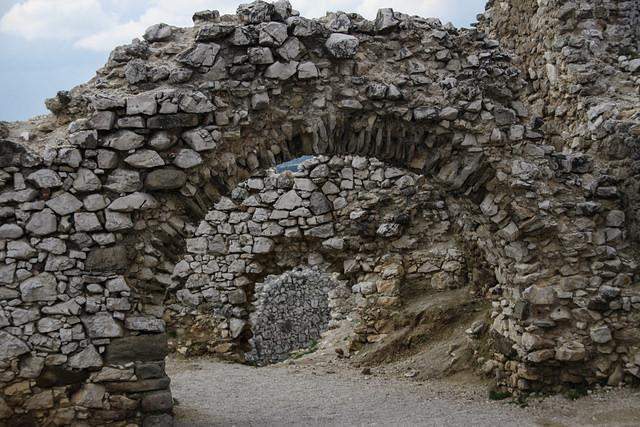
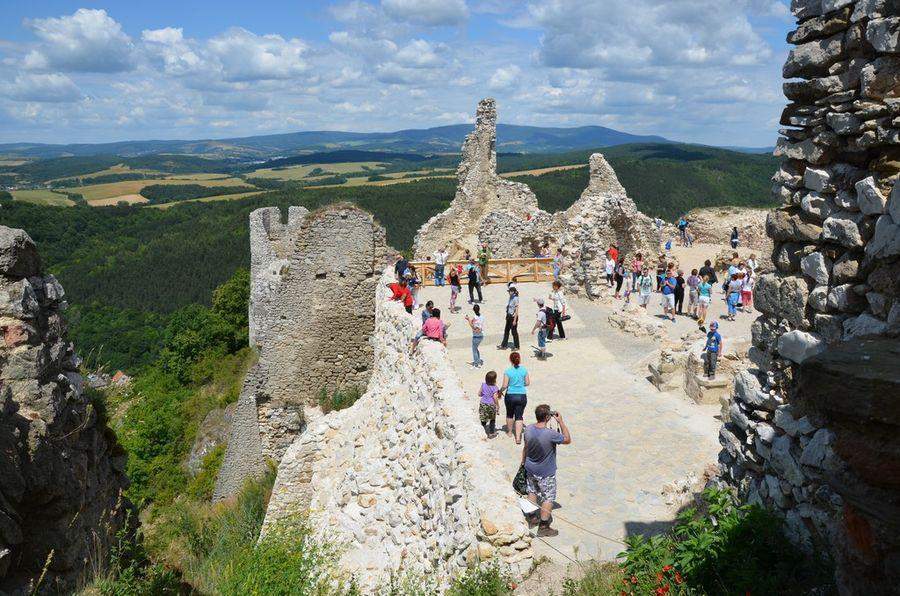
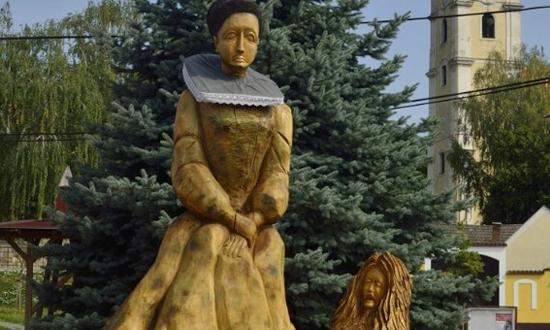
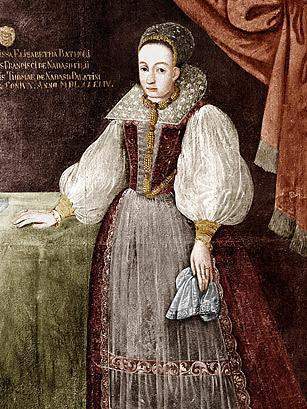
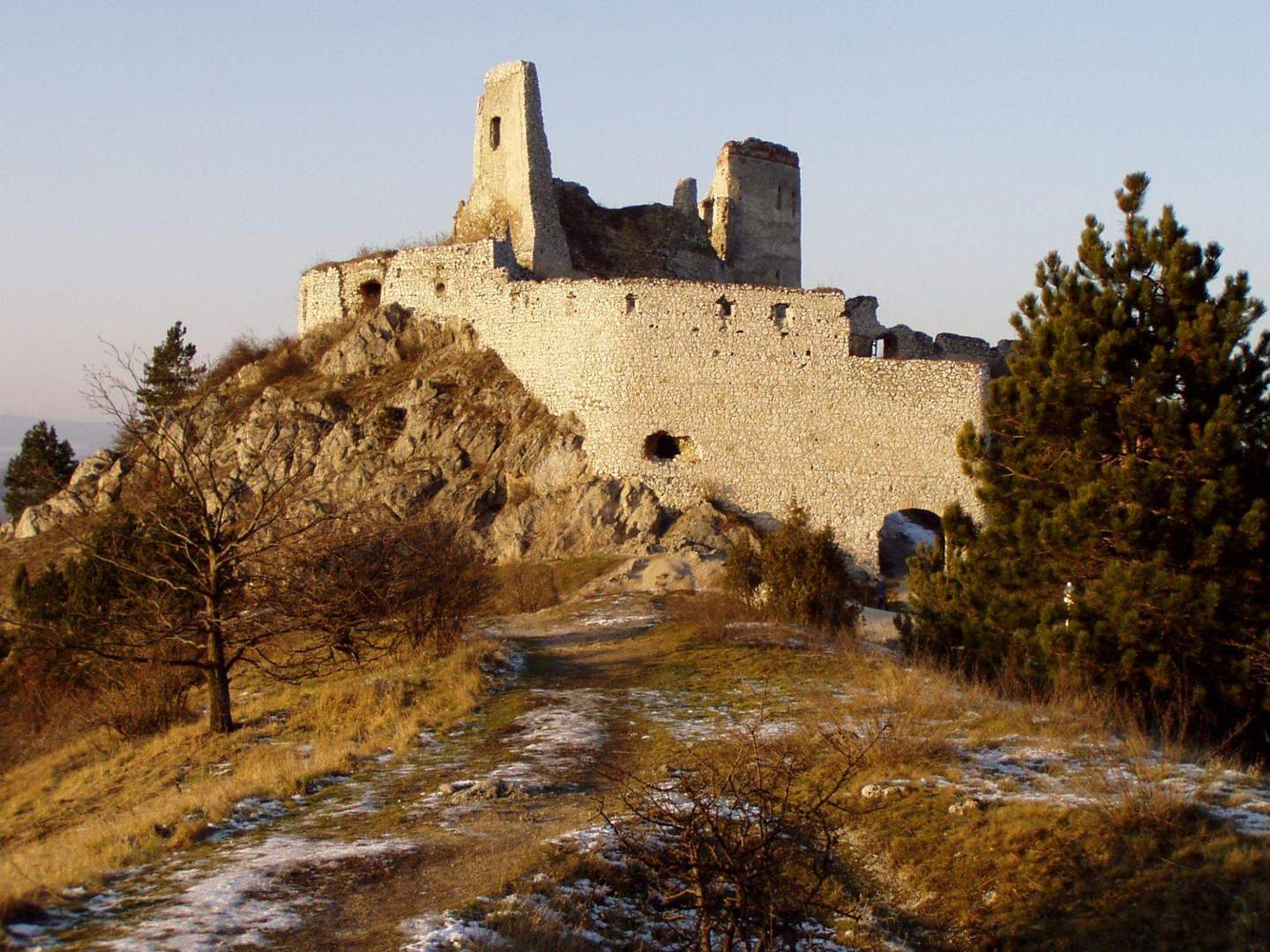
Leave a comment
0 Comments